
How Are PVC Ball Valves Made? Specifications And Industry Applications
| Step | Action | Purpose |
|---|---|---|
| 1. Seat Insertion | TPE or EPDM O-rings (seats) are placed into the valve body halves. | To create a bubble-tight seal around the ball. |
| 2. Ball & Stem Placement | The ball is inserted, and the stem is pushed through the body into the ball. | The stem allows the handle to turn the ball. |
| 3. Body Joining | The body halves are joined. We use ultrasonic welding for a permanent bond or a threaded union for serviceable valves. | To encase the ball and create a strong, leak-proof housing. |
| 4. Handle Attachment | The handle is attached to the top of the stem, often with a screw. | To provide leverage for easy quarter-turn operation. |
| 5. Pressure Testing | Every single valve is tested with air and water for leaks. | To guarantee 100% reliability before it leaves the factory. |
What is the inside of a PVC ball valve?
You turn the handle and the water stops, but what's happening inside? Not understanding the internal mechanics makes it difficult to troubleshoot problems or explain the product's value to a contractor.
The inside of a PVC ball valve consists of a solid, spherical ball with a hole through it (the bore). This ball sits between two soft, ring-shaped seals called seats and is connected to the stem, which turns it.
Think of it as a very simple machine. The key components are the ball, the seats, and the stem. When you turn the handle, it rotates the stem. The stem is connected to the ball, so the ball turns too. In the 'open' position, the hole in the ball lines up with the pipe, allowing water to flow straight through with almost no restriction. This is a huge advantage over other valve types that can reduce flow. When you turn the handle a quarter-turn (90 degrees), the solid part of the ball rotates to block the opening, pressing firmly against the soft seats on either side. These seats, typically made from flexible materials like TPE or EPDM, create a perfect seal that stops the water flow completely. The simplicity of this mechanism is what makes the ball valve so reliable and popular.
What is the manufacturing process of plastic valves?
You know plastic valves come from a factory, but how do they get their shape? Knowing the process helps you understand why mold quality and raw materials are so critical to the final product's strength.
The primary manufacturing process for plastic valves is injection molding. This involves melting plastic granules into a liquid, injecting this liquid plastic into a precisely machined steel mold under high pressure, and then cooling it to form a solid part.
Let me walk you through injection molding, because this is the heart of our Pntek operation.
1. Material Preparation: We start with high-quality, raw PVC resin. We mix this with additives like stabilizers (for durability) and pigments (for color), then dry it to remove any moisture that could cause defects.
2. Melting: The PVC granules are fed into a large, heated barrel with a screw inside. As the screw turns, it pushes the plastic forward, heating and melting it into a consistent, liquid state, like thick honey.
3. Injection: The mold, which is two halves of a steel tool, is clamped shut with immense force. The melted plastic is then injected into the cavity of the mold at very high pressure. This ensures every corner of the mold is filled.
4. Cooling & Ejection: Water circulates through channels in the mold to cool it down rapidly. The plastic solidifies into the final shape. The mold then opens, and ejector pins push the finished part out.
This entire cycle can take less than a minute. The quality of the final valve depends completely on a good mold, pure materials, and precise control of temperature and pressure.
What is the difference between PVC and UPVC ball valves?
You see the terms PVC and UPVC used, sometimes interchangeably, and it's confusing. You need to know if they are the same thing or if there's a real difference that affects your purchasing decision.
In the modern piping industry, there is no difference. UPVC (Unplasticized Polyvinyl Chloride) is the technically correct term for the rigid material used in pipes and valves. PVC is simply the common, shorter name everyone uses for the exact same product.
This is a great question because it causes a lot of unnecessary confusion in the market. Decades ago,“PVC” could sometimes refer to flexible types of PVC that had plasticizers added (think of a garden hose). To distinguish the rigid, strong material used for pipes, the industry adopted the term“UPVC,” with the“U” standing for“unplasticized.” However, today, when someone in the plumbing or construction industry says“PVC pipe” or“PVC ball valve,” they are always referring to the rigid, unplasticized material. The terms have become one and the same in practice. I tell Budi and his team to use the term their customers use. Whether you call it PVC or UPVC, you are getting the same strong, reliable, and corrosion-resistant material for your ball valves. At Pntek, we use“PVC” because it is the most common and easily understood name globally.
Conclusion
PVC ball valves are made through a precise process of injection molding and careful assembly. Understanding this process confirms that quality materials and manufacturing are key to a reliable, long-lasting valve.

Legal Disclaimer:
MENAFN provides the
information “as is” without warranty of any kind. We do not accept
any responsibility or liability for the accuracy, content, images,
videos, licenses, completeness, legality, or reliability of the information
contained in this article. If you have any complaints or copyright
issues related to this article, kindly contact the provider above.

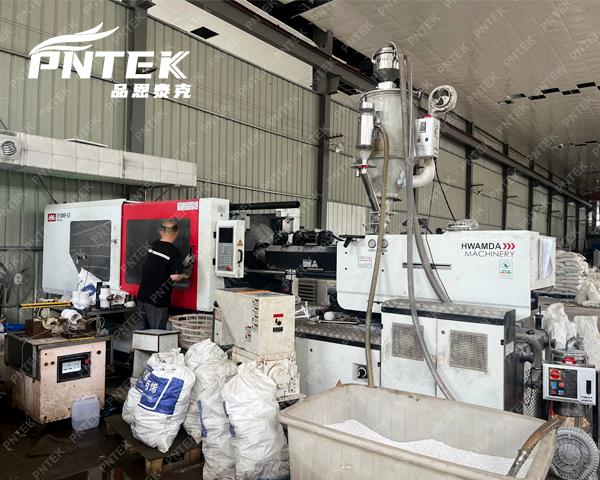
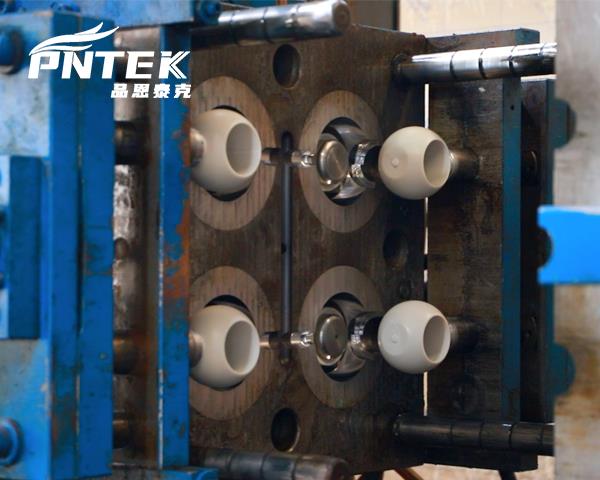
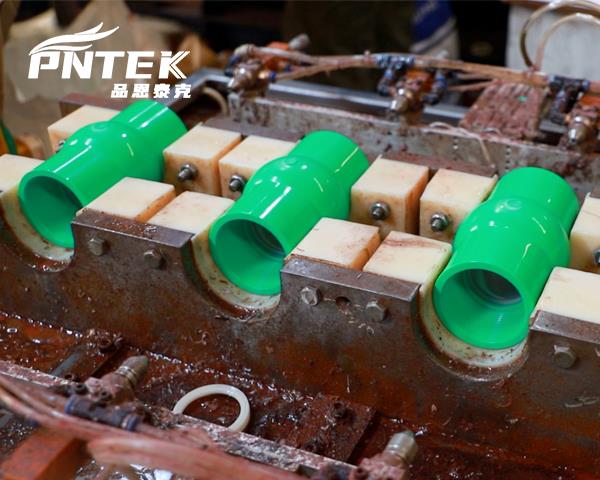
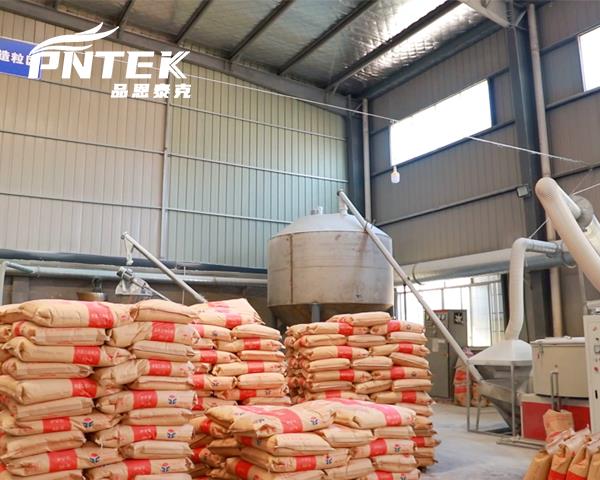
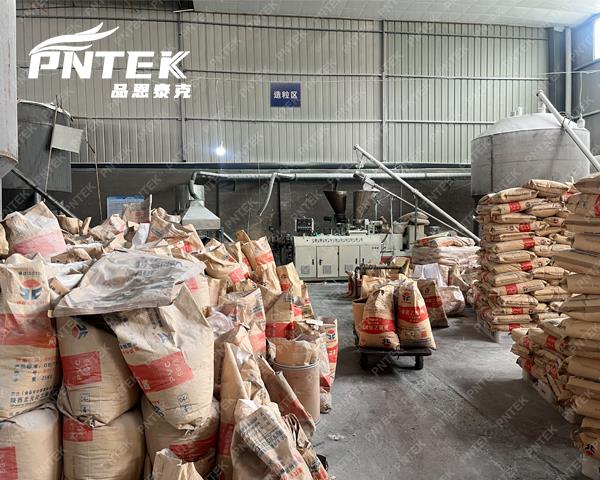
















Comments
No comment